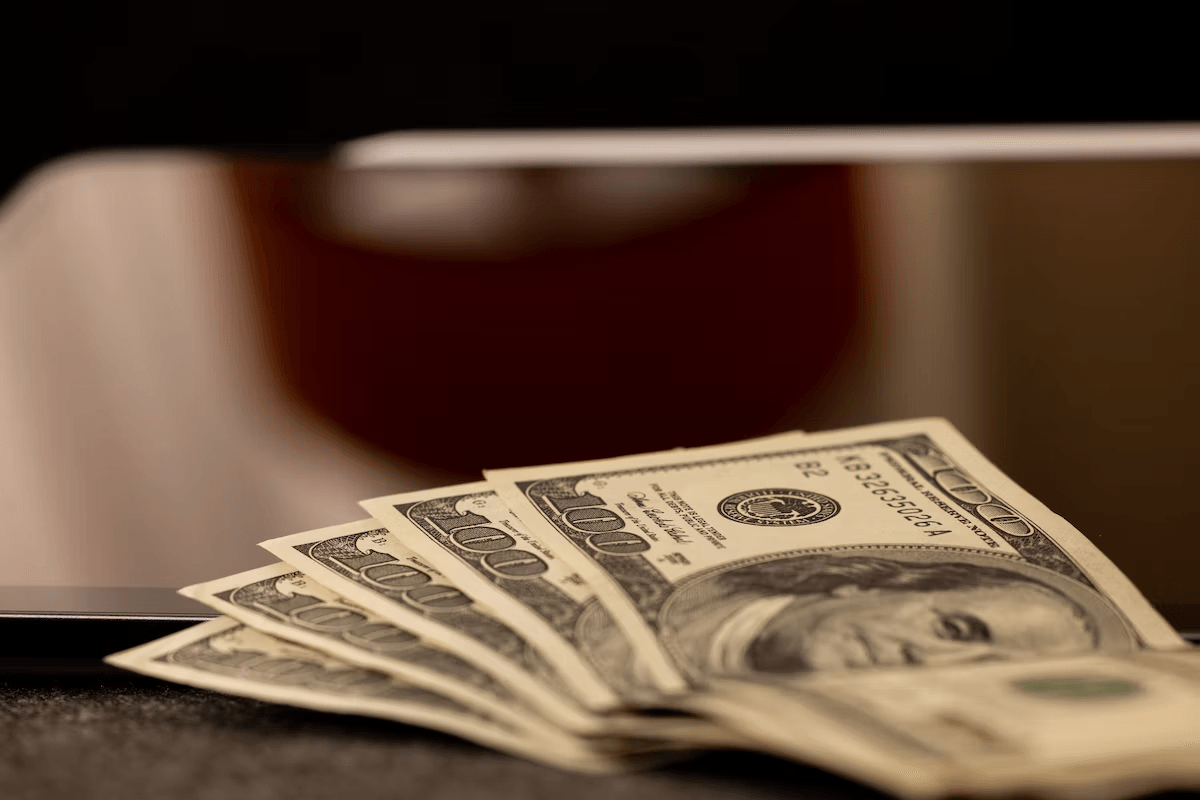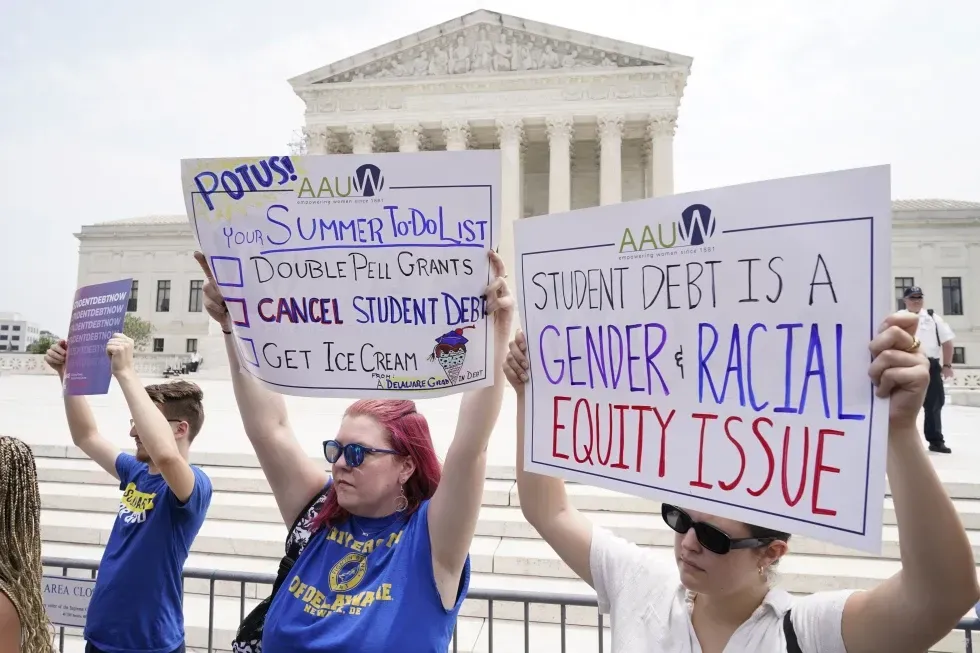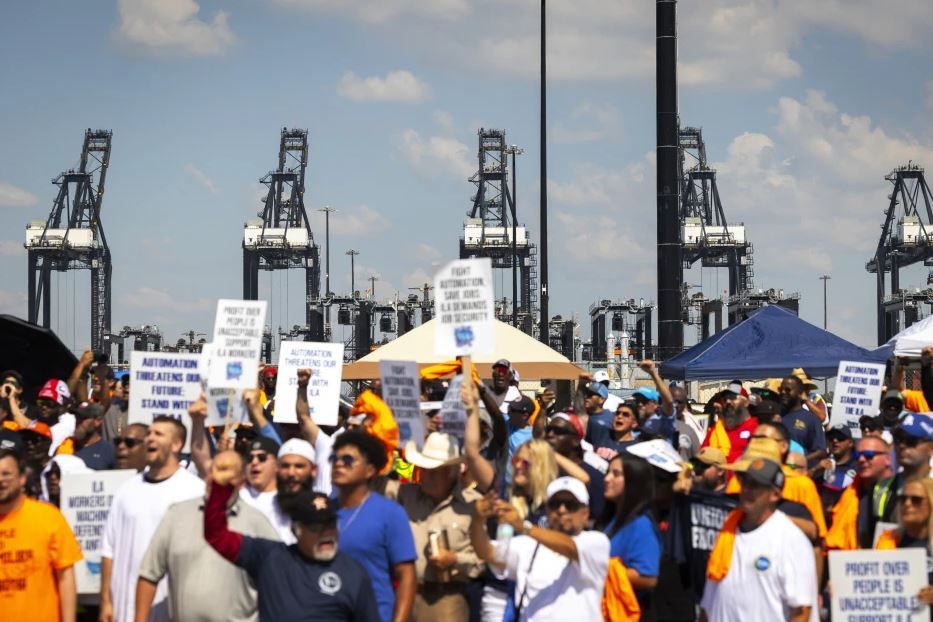US Inflation Rose 8.3 Percent in August: CPI ReportPrice Pressures Remain Stubbornly High
Inflation did not ease as much as expected in August, with an 8.3 percent rise in the Consumer Price Index showing that the squeeze on consumers remains acute.

-
Inflation came in faster than expected in August even as gas prices fell.
-
Inflation Report Dampens Biden’s Attempts to Celebrate the Economy
-
Markets plunge on higher-than-expected inflation numbers.
-
Inflation explained: The good, the bad and the uncertain.
-
Rapidly rising rents could pose a problem for the Fed.
-
A jump in grocery prices is pinching consumers.
-
Gas prices have fallen for 91 straight days, relieving some inflationary pressure.
-
What economists and analysts say about what the data means.
Inflation came in faster than expected in August even as gas prices fell.
Inflation remained uncomfortably rapid in August despite a decline in gas costs as prices continued to soar across a broad array of other goods and services, evidence that the sustainable slowdown the Federal Reserve and White House have been hoping for remains elusive.
Prices rose 8.3 percent from a year earlier compared with 8.5 percent in July, a fresh Consumer Price Index report released Tuesday showed, a still-rapid pace of increase and not as much of a moderation as economists had expected. The disappointing data came even as falling gas prices pulled inflation lower, with rapidly rising costs for rent, health care, restaurant meals and goods such as furniture offsetting the relief consumers were feeling at the fuel pump.
Compounding the bad news, a core index that strips out gas and food to get a sense of underlying inflation trends accelerated by more than was expected.
For policymakers at the Federal Reserve, who have been raising interest rates to slow the economy and try to tame recent rapid inflation, the report was a fresh sign that continued aggressive action may be needed to wrestle them lower.
Economists said that the Consumer Price Index data cemented the case for a third straight, unusually large three-quarter-percentage-point Fed rate increase at the central bank’s meeting next week, and stocks swooned as investors began to speculate that officials could opt for an even more drastic full-percentage-point adjustment.
“Inflation remains hot, financial conditions have seen some improvement, and the labor markets are humming along,” Neil Dutta, head of U.S. economics at Renaissance Macro, wrote in a research note following the release. “If the goal is to slow things down and create some pain, the Fed is failing by its own standard.”
The Fed closely watches the core inflation gauge, making its rebound in August a point of particular concern. After cutting out food and fuel, consumer prices climbed by 6.3 percent in the year through last month, up from 5.9 percent in July and more than the 6.1 percent economists had projected.
Even looking at overall inflation, the report’s details offered plenty to worry about.
Two products that have been major drivers of inflation over the past year — gas and used cars — are now posting outright price cuts. But other goods and services are picking up in price so much that it is more than offsetting those declines. Prices climbed by 0.1 percent over the course of the past month amid rapid price increases for a broad array of products and services, including food away from home, new cars, dental care and vehicle repair.
The upshot is that inflation has plenty of underlying momentum.
- Jeanna Smialek
SOURCE: NY TIMES



